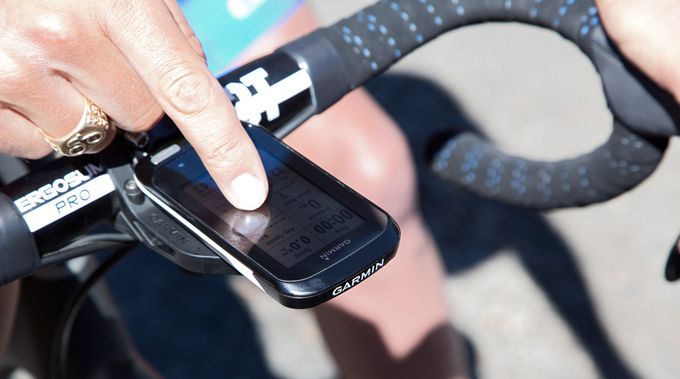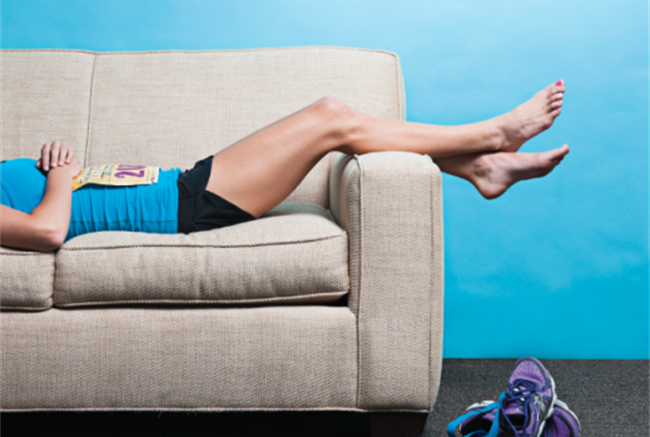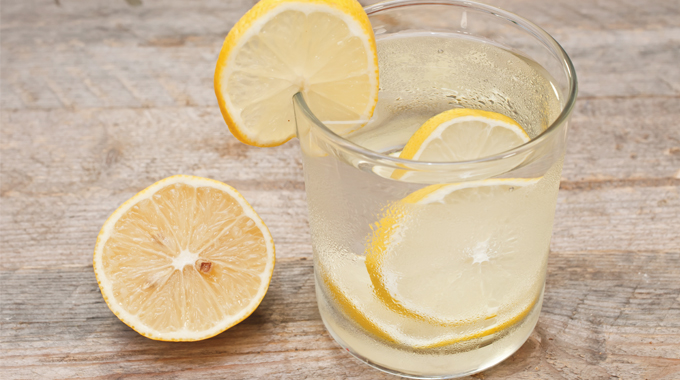
If riding faster is one of your goals in cycling, a steady increase in average speed over a repeatable ride is a good indication that you’re making progress.
Plus, you’ll get more Kudos on Strava. Not that that matters to us (much).
We’ve put together 5 ways to improve your average speed. However, don’t get too caught up on the numbers – remember that there are many variables on top of your own fitness: weather conditions, traffic lights, and even the clothing you’re wearing.
Get tucked and aero
Bike manufacturers go out of their way to create slippery aero frames – but in fact when rider and bike battle against wind resistance, it’s the rider who creates up to 80% of the drag.
Riding in a Crosswind: 5 Top Tips from Chloe Hosking
Being aero isn’t just about riding an expensive bike with hidden brakes and a helmet with no air vents – you can do a lot to fight wind resistance by making yourself a smaller target for the wind.
The objective here is to ‘reduce your frontal area’ (arguably harder for busty girls – that’s a whole other article!) – if you’re riding a road bike, get down in the drops, keep your elbows in, and if you’re on a flat bar bike get yourself as low as you can.
Of course, if you feel like your body is as aero as it can get, or you’re after the competitive edge, an aero bike, aero helmet, and non-flappy kit will help!
Practice cornering technique
Sometimes we pound away at ourselves, trying to get fitter to get faster, when actually what we need to do is slow it down and practice technique.
If every time you hit a corner, you take your feet off the gas (so to speak), you’ll lose speed, then have to work twice as hard to accelerate back up to your initial pace.
Cornering well is about taking the most effective line, being in control of your steering, and making sure you reach the corner at an appropriate speed – check out this piece on cornering well, and head out to practice.
Ride intervals
Riding 20 miles at one speed will likely result in your body getting very good at riding that distance at the same speed. To ride a 20 mile loop faster, you need to push your body out of its comfort zone, then allow time to recover.
Training Plan for a 100 Mile Sportive : Part 1
For example, you could ride your 20 mile loop, but start with a gentle warm up, then follow that with five sets of three minute hard efforts, with three minute recoveries, before cooling down.
The hard three minute sets teach your body to work above the effort it can usually sustain for the full loop, and eventually you’ll be able to ride the whole thing faster. The efforts should feel hard, though – and you shouldn’t do a ride like this more than 2-3 times a week at first, recovery is key.
Lose weight
If we ignore wind resistance and aerodynamics, the speed you ride at is determined mostly by the force you are putting through the pedals (power) and the overall weight of bike plus rider. So to get faster, you can increase the power, or decrease weight.
Power to Weight Ratio Explained
It’s important not to lose weight in an unhealthy way – firstly, no one likes being hungry, but secondly, underfueling will drastically limit the power you can produce. If you reckon losing a little weight could help you, then check out our tips on how to do it whilst still fuelling your rides well.
Ride with others
The benefits of riding with others are multiple – you get (hopefully!) good company, and if you’re a roadie working together will mean you can draft.
Women’s Cycling Clubs: Are they the Way Forward?
Drafting won’t improve your overall fitness, but if you choose to ride with a group of riders who are generally faster than you, keeping up will certainly give you an incentive.
Over time you’ll find more intense rides with others who are faster than you will improve your own tolerance – and eventually you might be the one they’re struggling to keep up with!
You might also like…Too Much Cycling: Is it Possible?
15 Tips to Ensure you are Always Motivated to go for a Cycle





